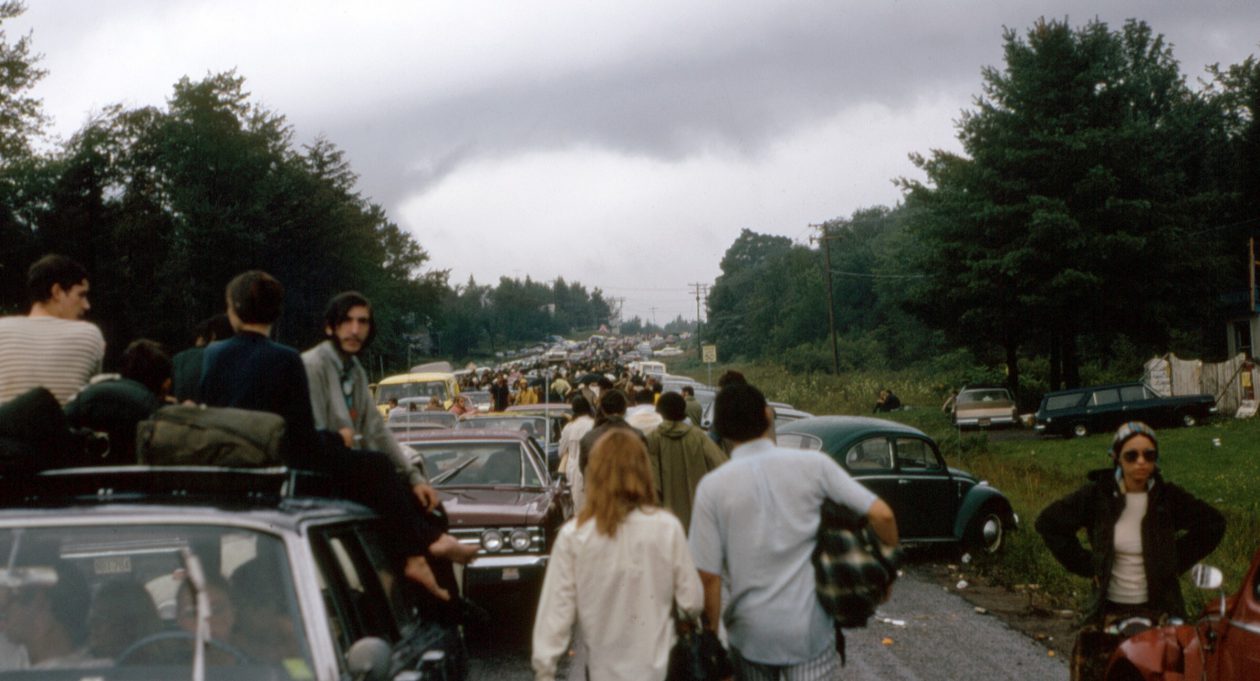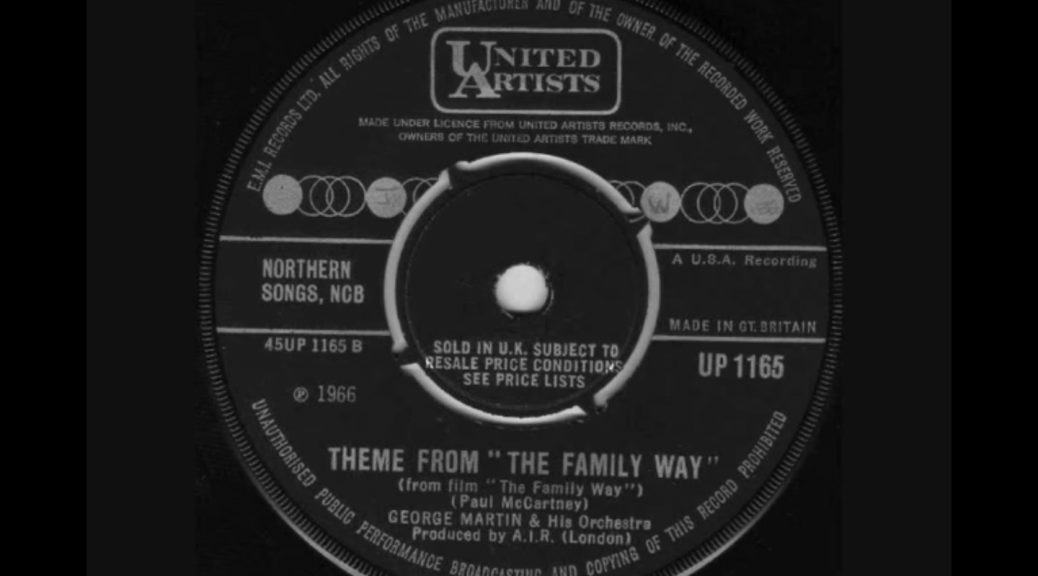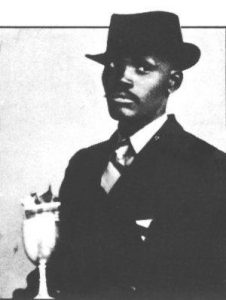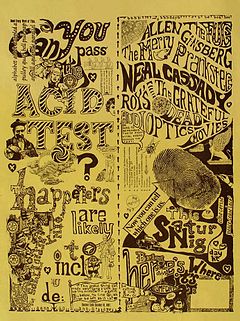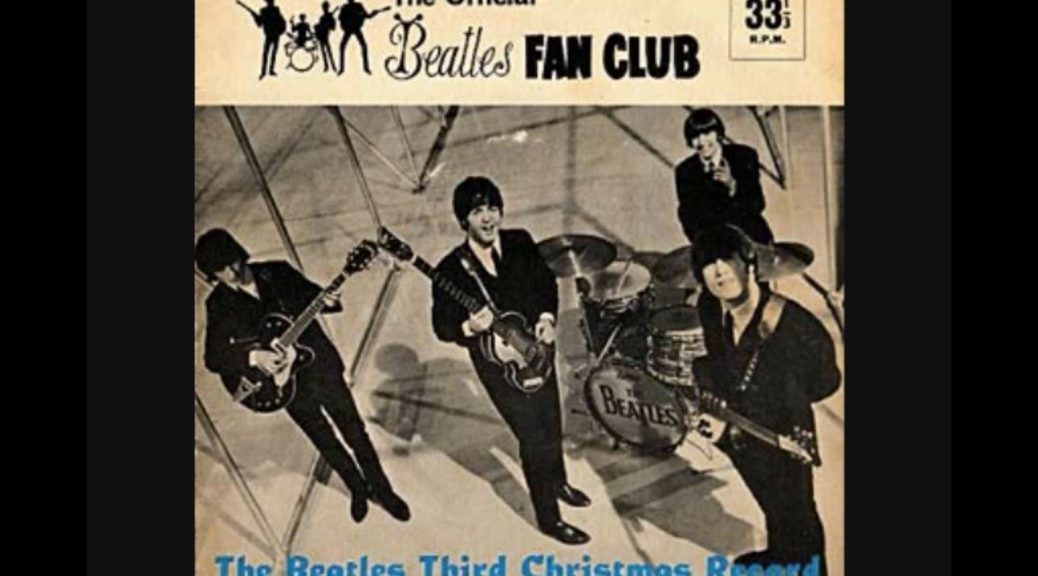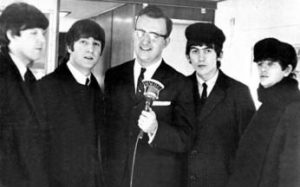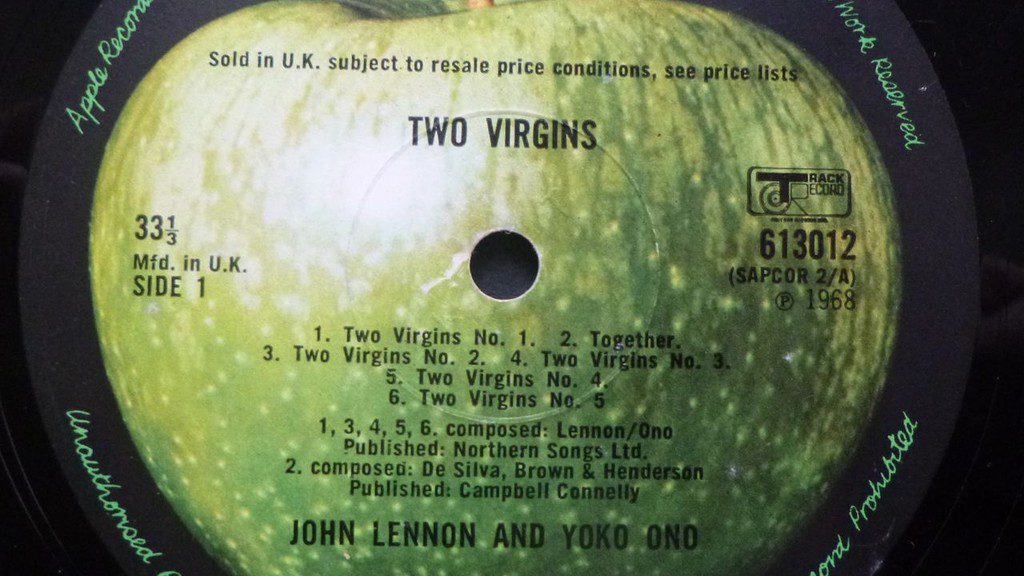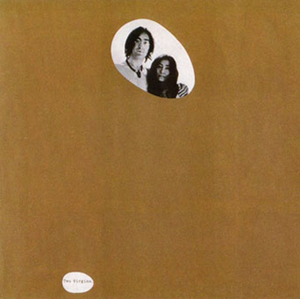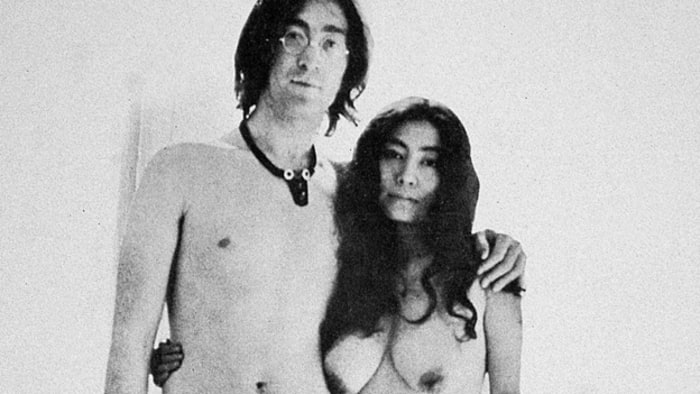December 18 Music et al
Lion Sleeps Tonight
December 18, 1961 – January 12, 1962: a South African song from the 1920s, “The Lion Sleeps Tonight” by the Tokens #1 Billboard Hot 100.
Solomon Linda, a South African singer of Zulu origin wrote the original song, “Mbube” (Zulu: lion) in the 1920s. Many, including the Weavers, Jimmy Dorsey, Miriam Makeba and the Kingston Trio, covered the song before the Tokens’ success.
December 18 Music et al
Blue Hawaii
December 18, 1961 – May 4, 1962 – Elvis Presley’s Blue Hawaii movie soundtrack the Billboard #1 album.
Blue Hawaii was the fourteenth album by Elvis. RCA had released it on October 20, 1961. It is a soundtrack for Presley’s film of the same name. The album spent 20 weeks at the number one slot and 39 weeks in the Top 10 on Billboard‘s Top Pop LPs chart. (see April 21, 1962)
December 18 Music et al
I Want To Hold Your Hand
December 17, 1963: radio DJ Carroll James at Washington. D.C. station WWDC, played a U.K. copy of “I Want to Hold Your Hand” on the radio after a 15-year-old girl from Silver Spring, MD wrote to him requesting Beatles music after seeing the CBS-news segment. James Carroll became the first disc jockey to broadcast a Beatles record on American radio. He had obtained the record from his stewardess girlfriend, who brought the single back from the UK. Due to listener demand, the song was played daily, every hour.
The next day, Capitol Records threatened to sue WWDC to stop playing song, but then reversed itself and decided to rush-release “I Want To Hold Your Hand.” Capital had previously scheduled the release for January 13, 1964. Capital cancelled Christmas breaks and made sure that pressing plants and staff could do an earlier release.
Capital succeeded and released the song on December 26! (next Beatles, see Dec 23)
Another Beatles Christmas Record
December 18, 1964, The Beatles: “Another Beatles Christmas Record” issued to UK fan club members.
They sing “Jingle Bells” which is followed by individual messages to the fans. John mocks the prepared statement.
When Paul asks John about it, John responds “No it’s somebody’s bad hand-wroter.” The conversation continues and the disc finishes with them briefly singing “Oh Can You Wash Your Father’s Shirt?”
American fans did not receive Another Beatles’ Christmas Record . They got an edited version of the 1963 Beatle Christmas message. (next Beatles, see Dec 26)
December 18 Music et al
LSD
Acid Test
December 18, 1965: Big Beat Acid Test, The Big Beat Club, Palo Alto. The poster/announcement for the event came in three colors: white, red, and yellow. The artists designed it to be cut in half (look at the “dotted” line down the middle) and the top of the right half attached to the bottom of the left.
The recently re-named Grateful Dead were there. Tom Wolfe wrote about it in Electric Kool-Aid Acid Test , Owsley Stanley introduced manager Rock Scully to the Grateful Dead, and Hugh Romney–known today as Wavy Gravy–first joined the festivities.
The Big Beat was the San Francisco Peninsula’s first “rock” club. Yvonne Modica owned it.
Timothy Leary
In 1966: Timothy Leary founded the League of Spiritual Development with LSD as the sacrament. (see Jan 8)
December 18 Music et al
The Family Way
December 18, 1966: with music by Paul McCartney, “The Family Way” movie premiered.
John Boulting produced the film. Roy Boulting directed it. John Mills and his daughter Hayley Mills starred. (NYT review) (next Beatles, see March 18, 1967; Family Way, see Jan 6, 1967)
